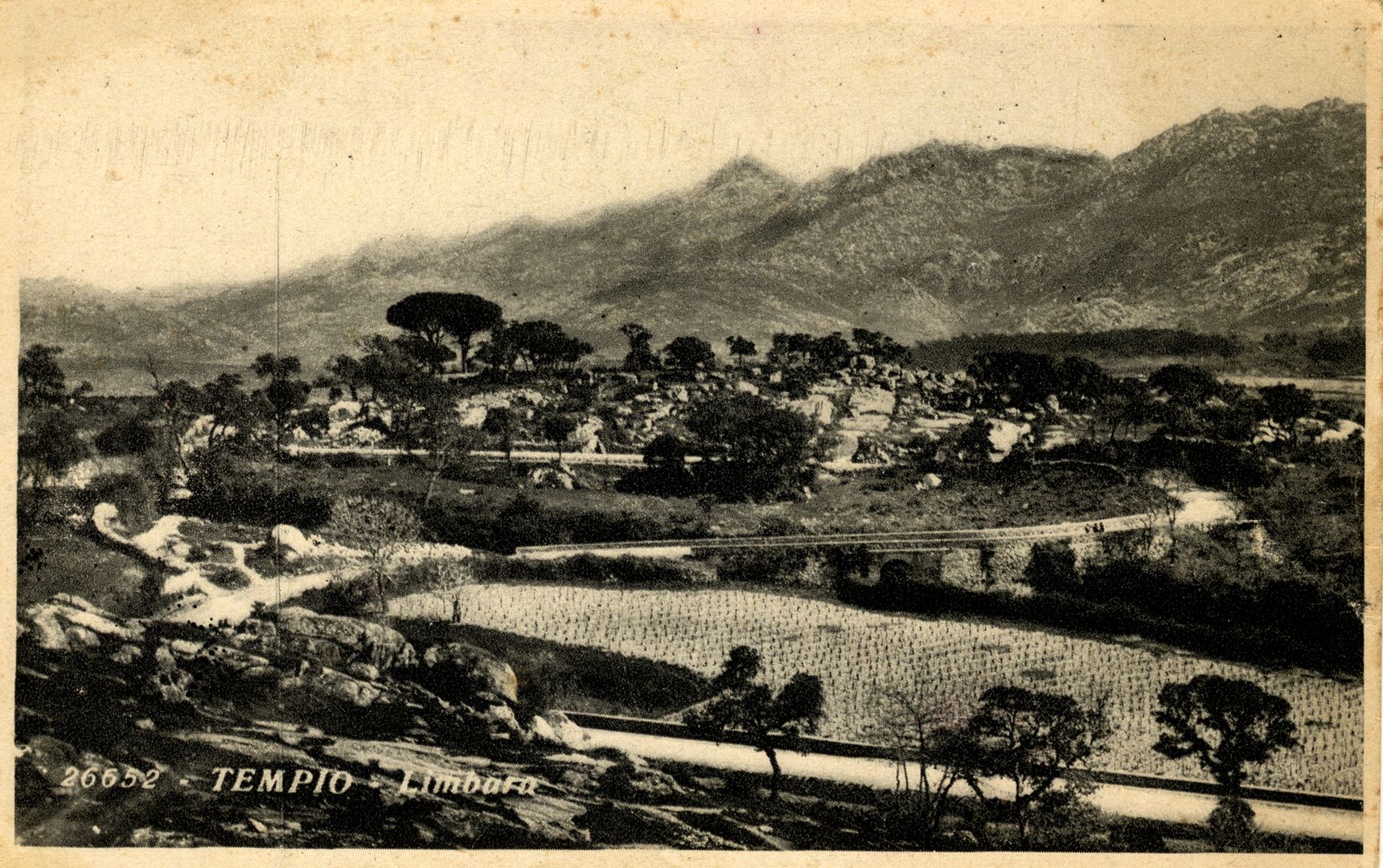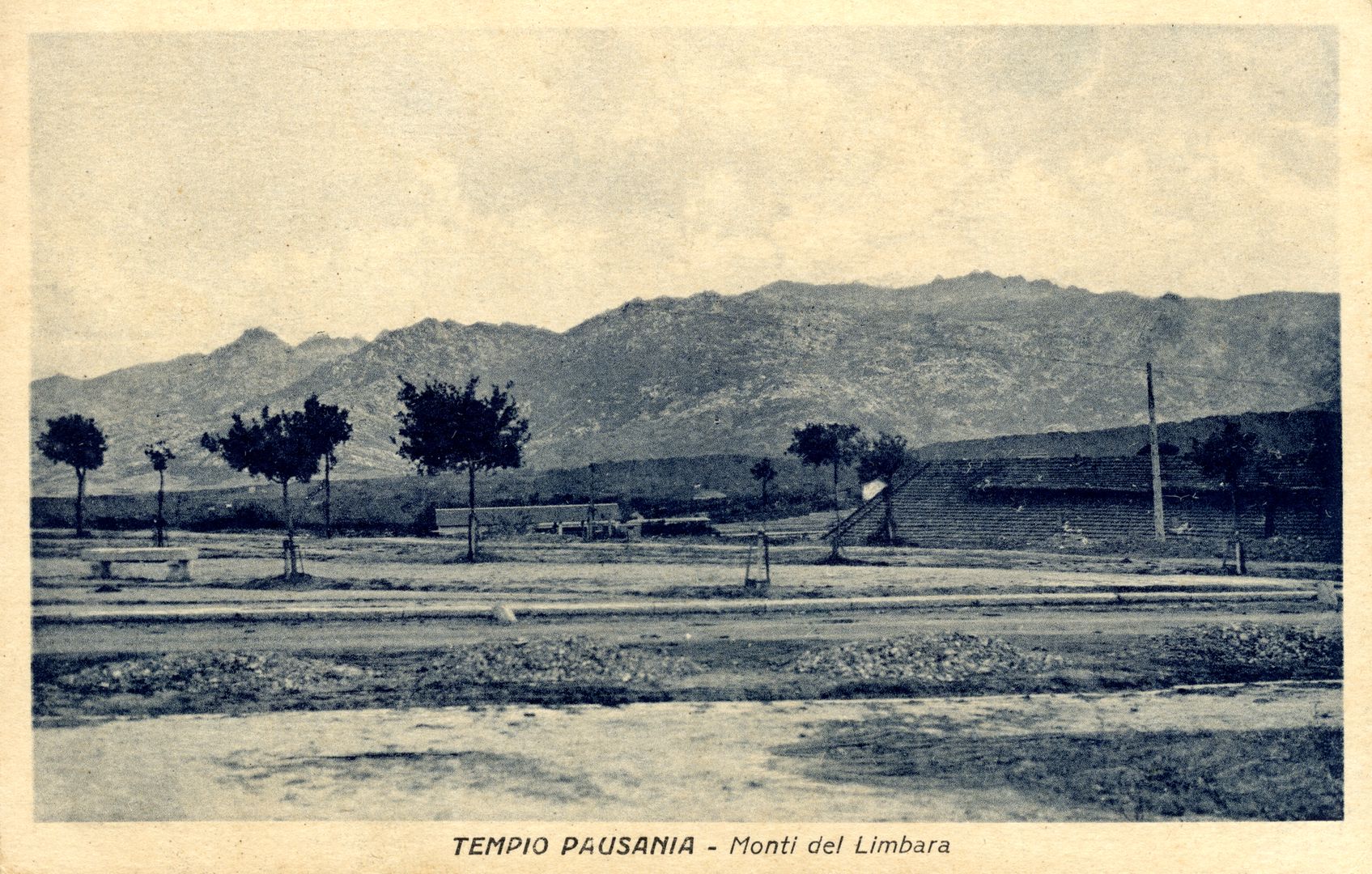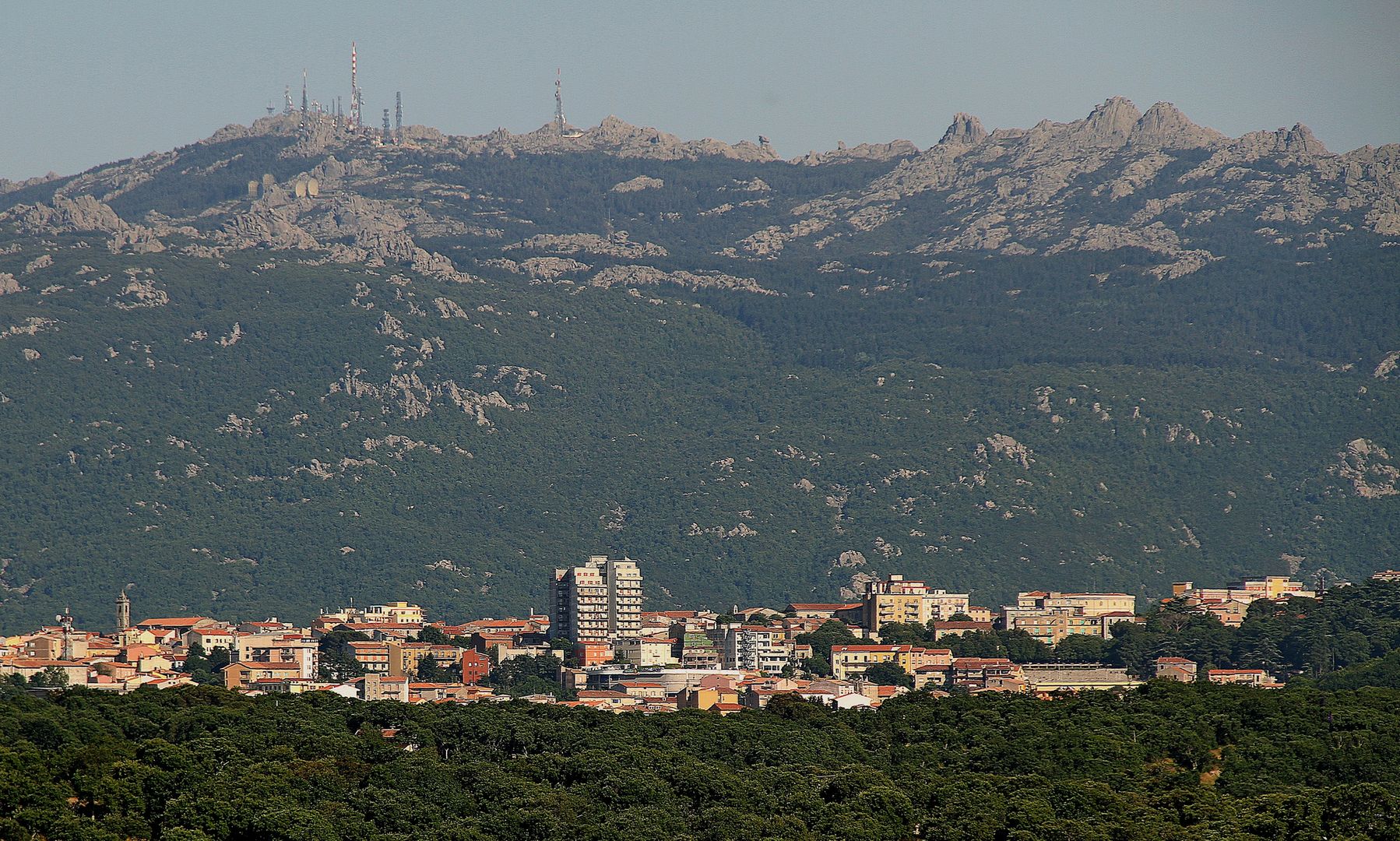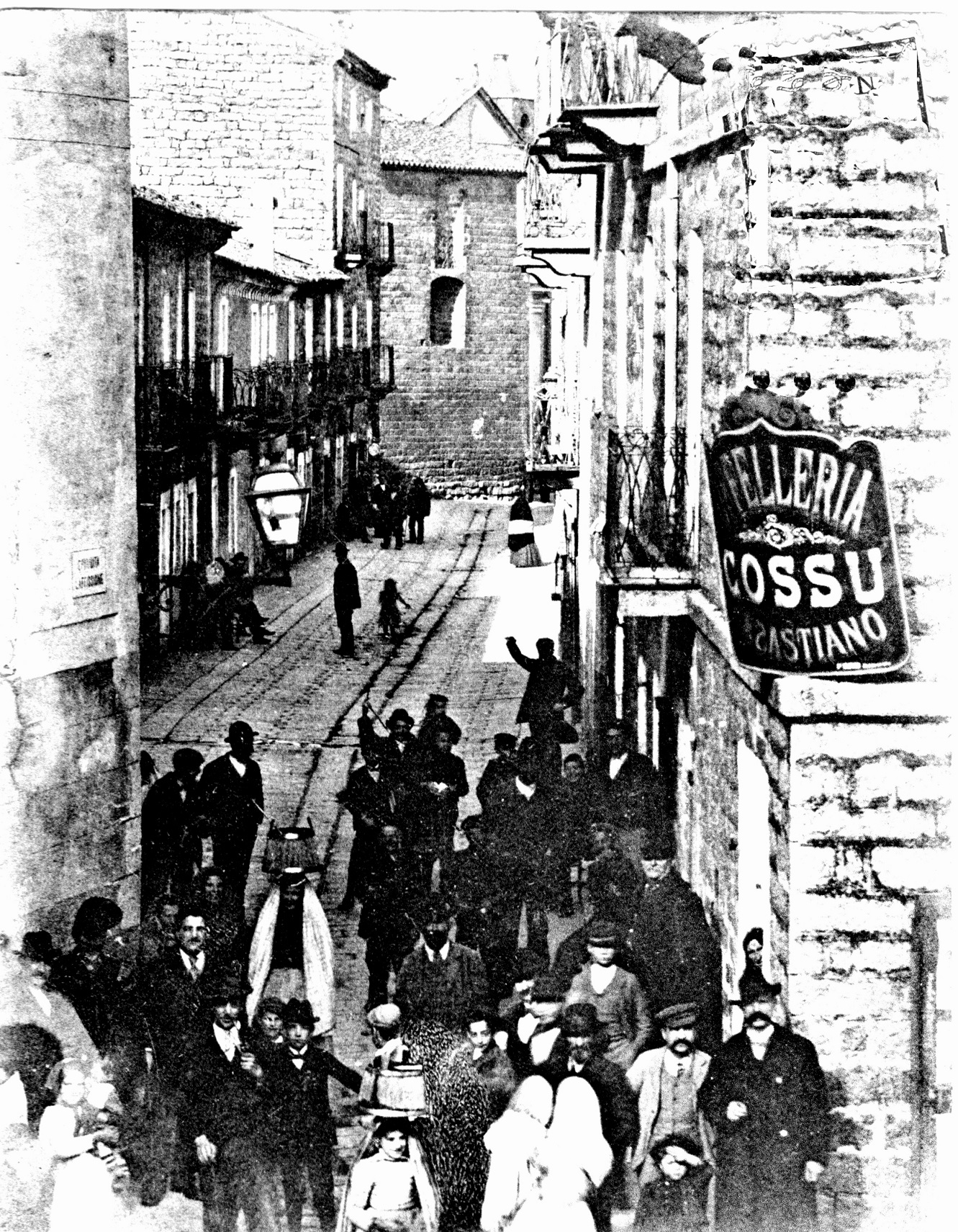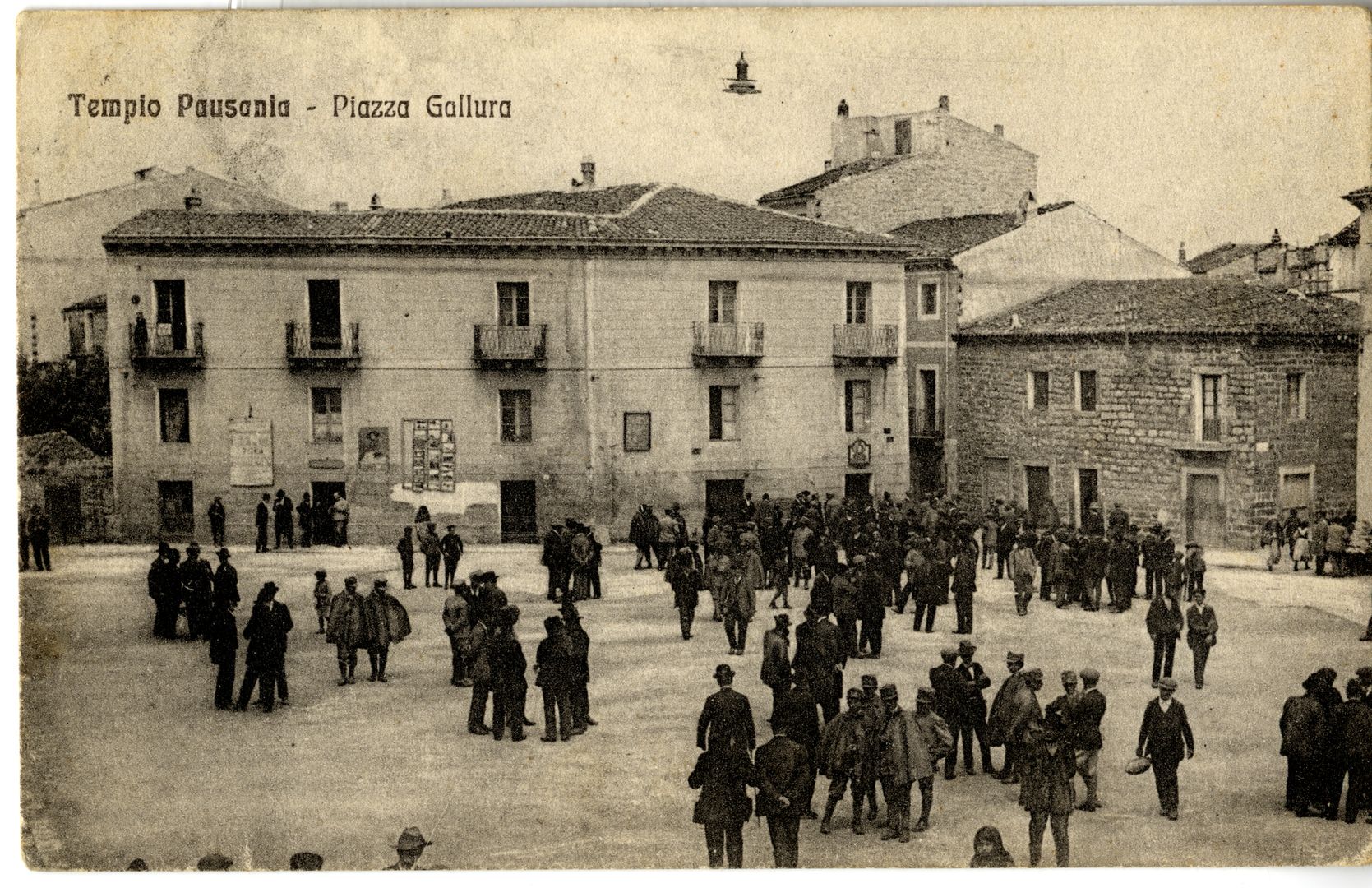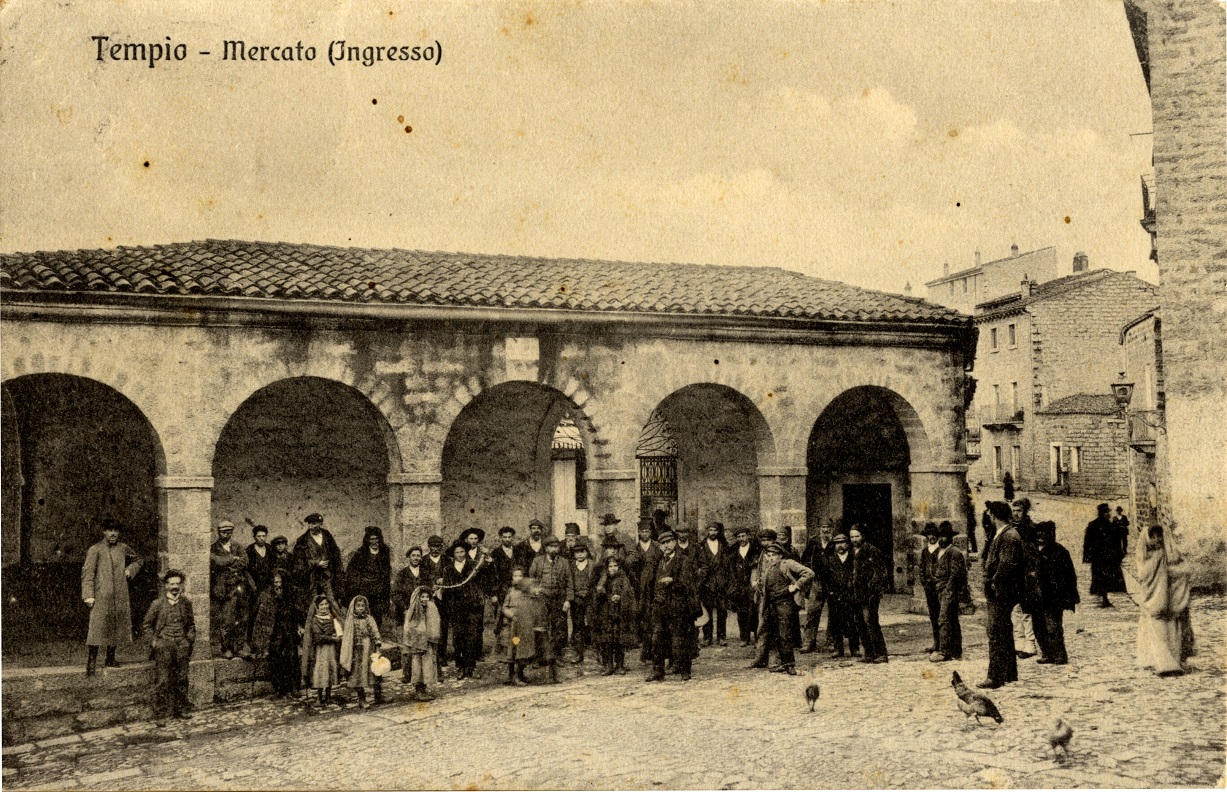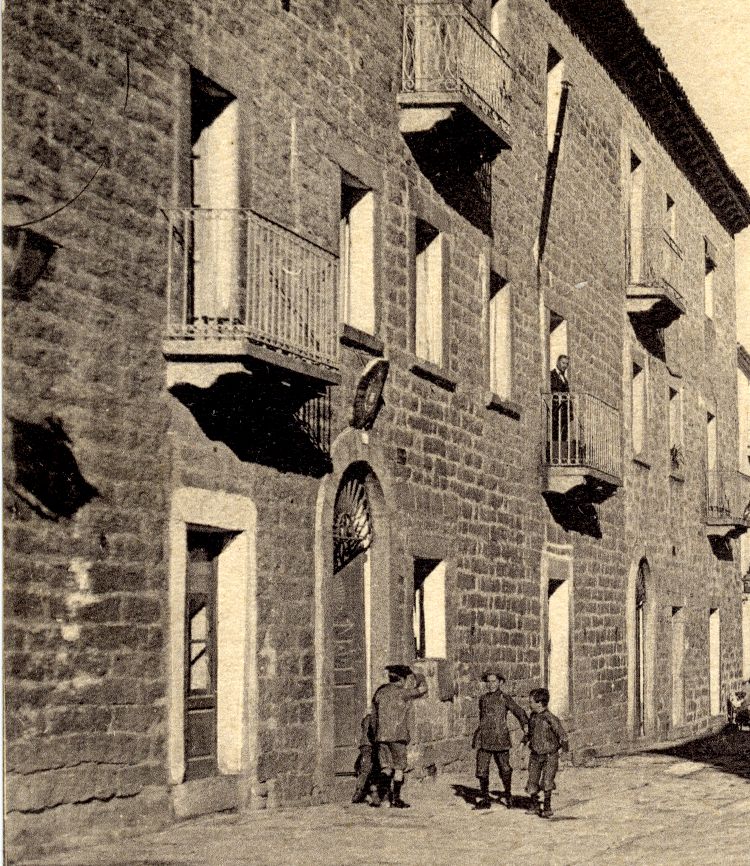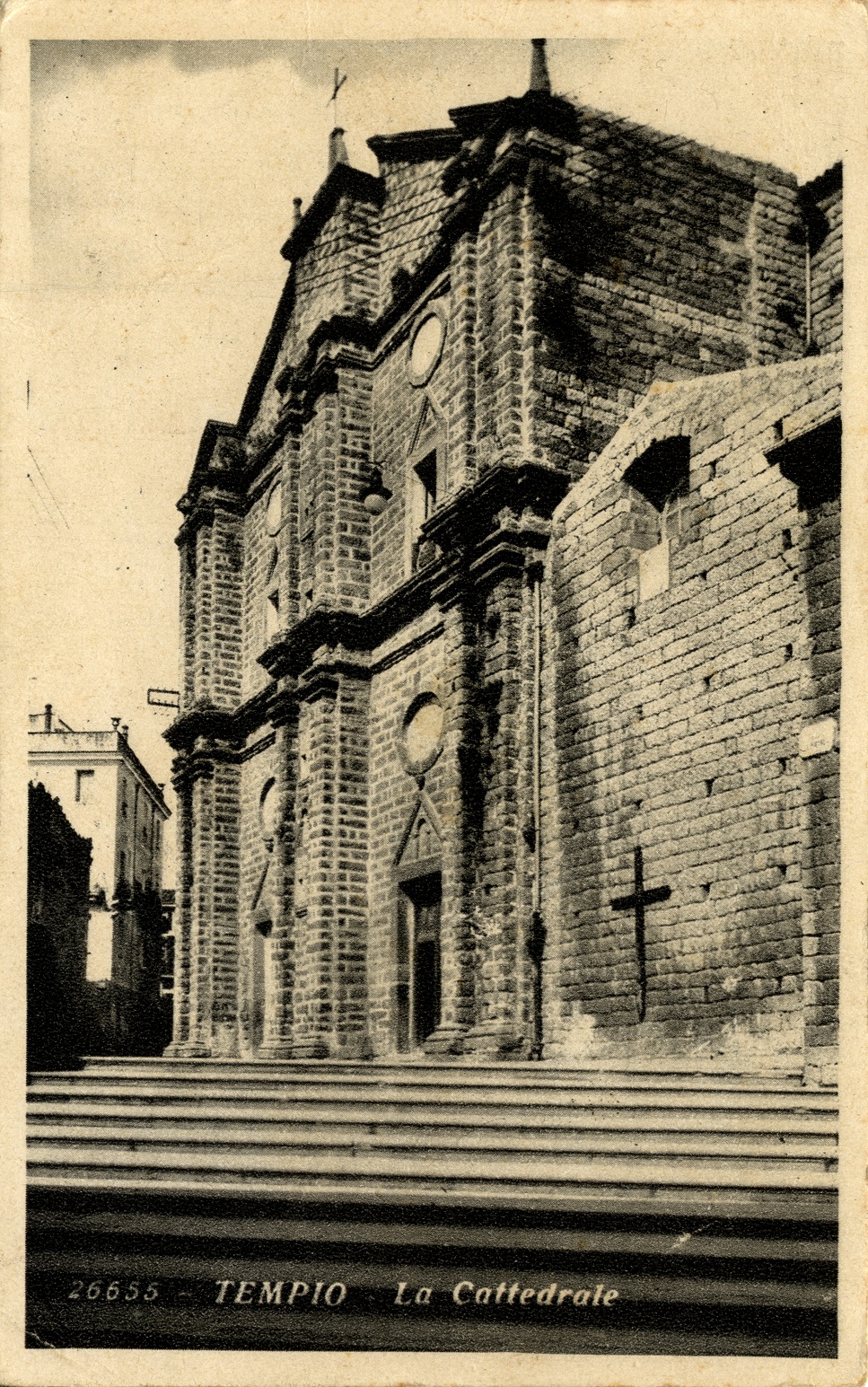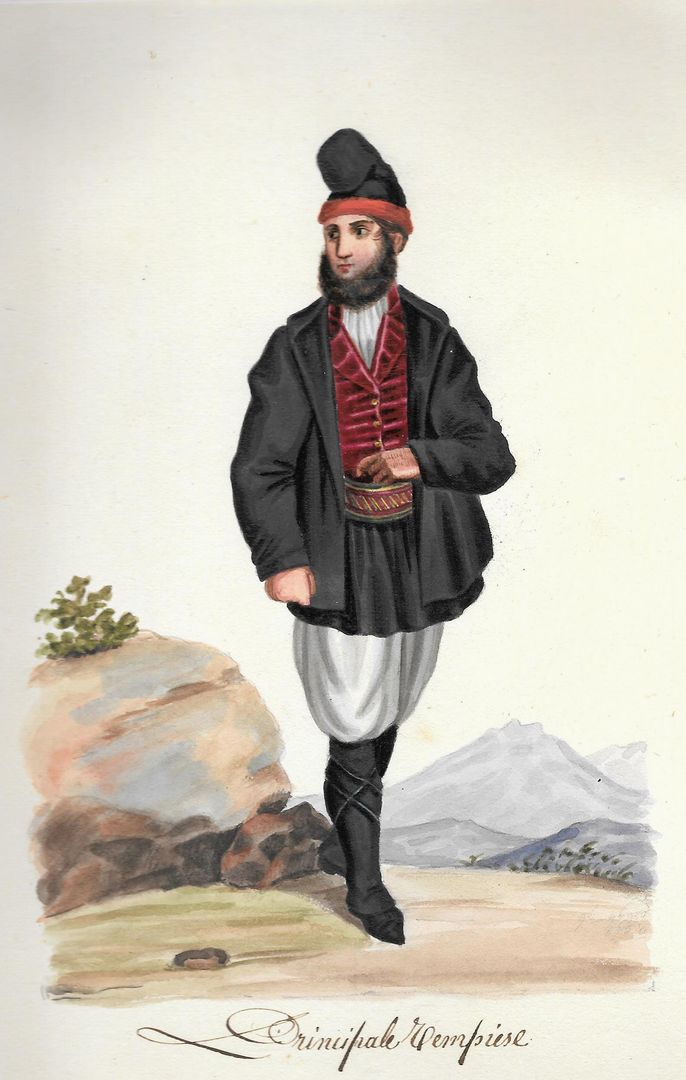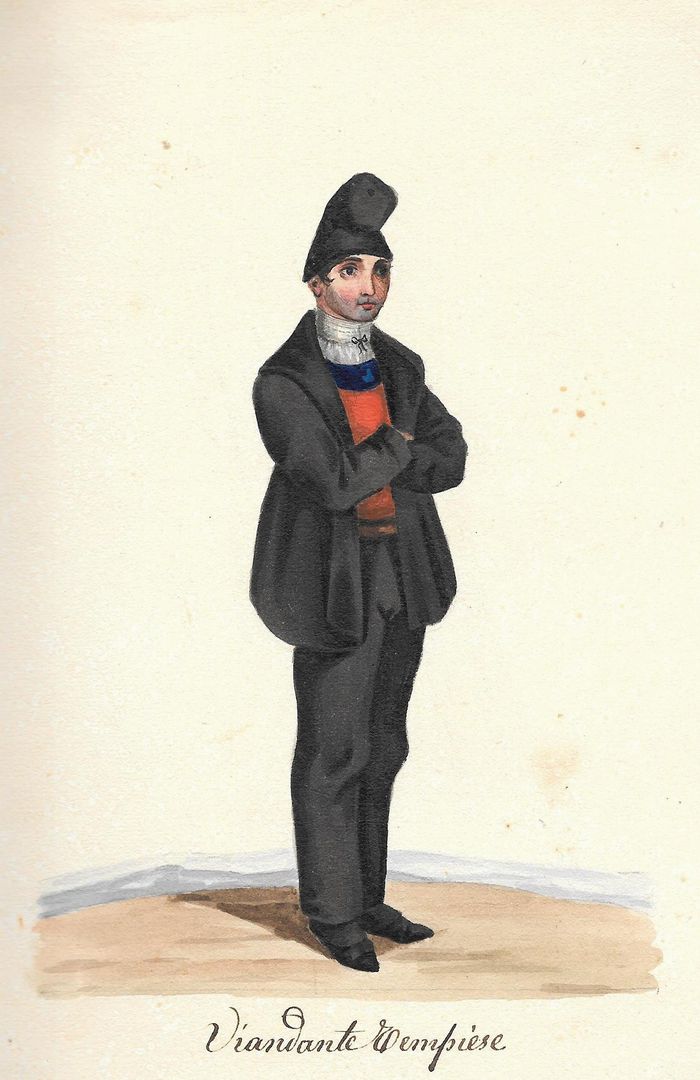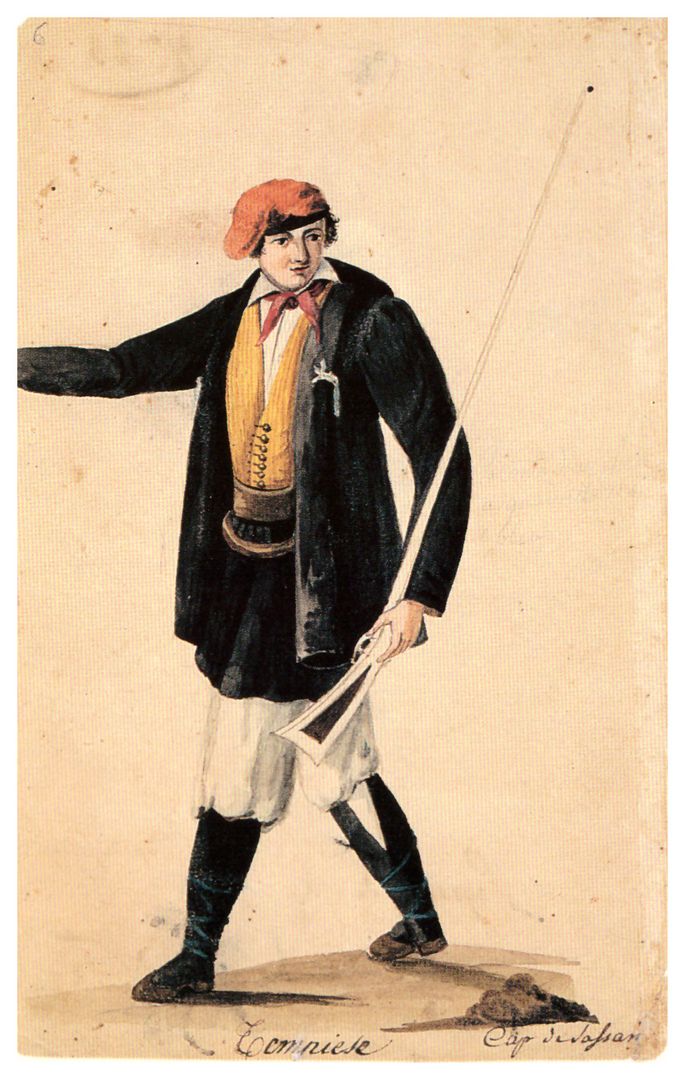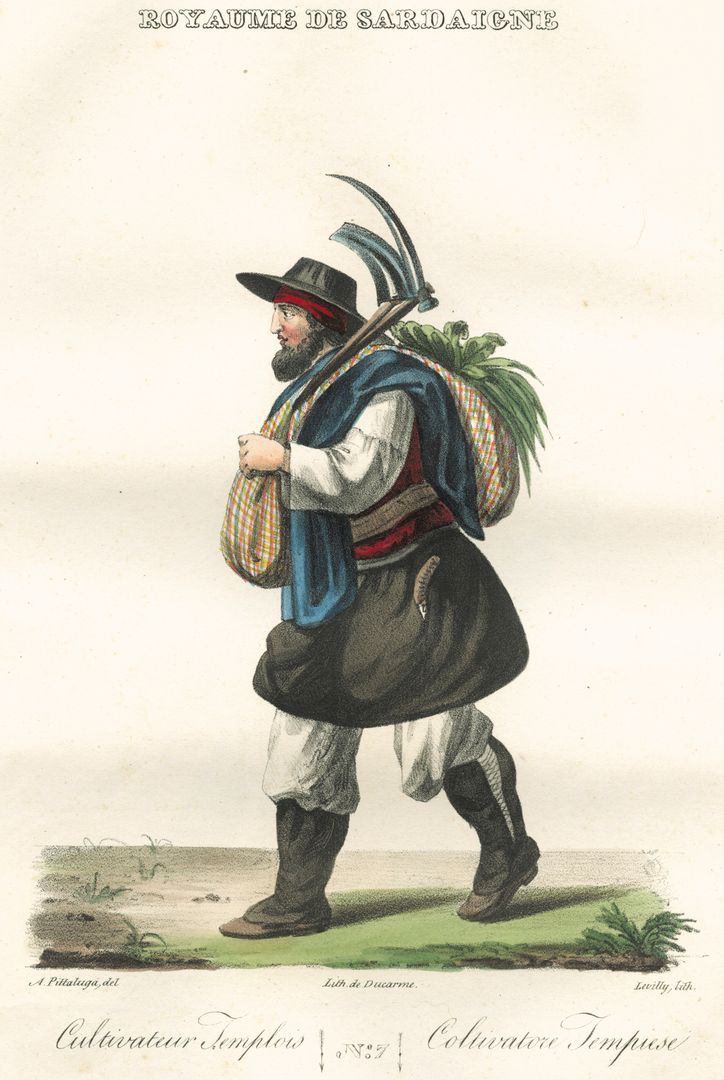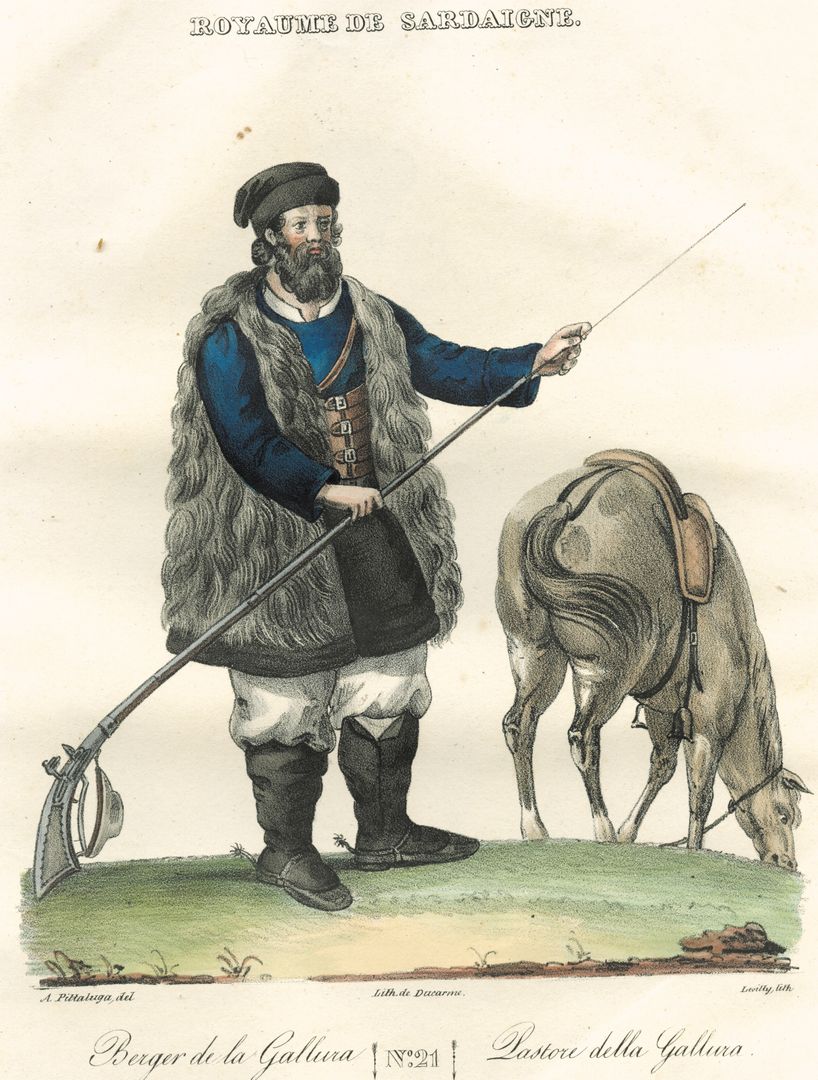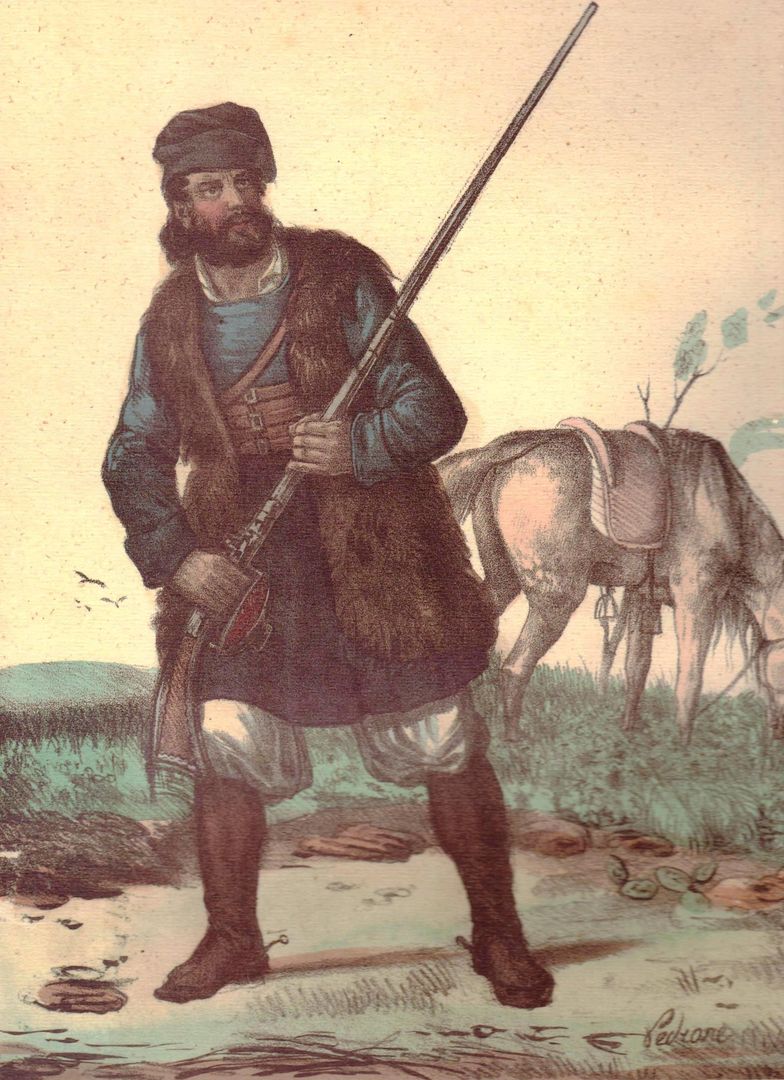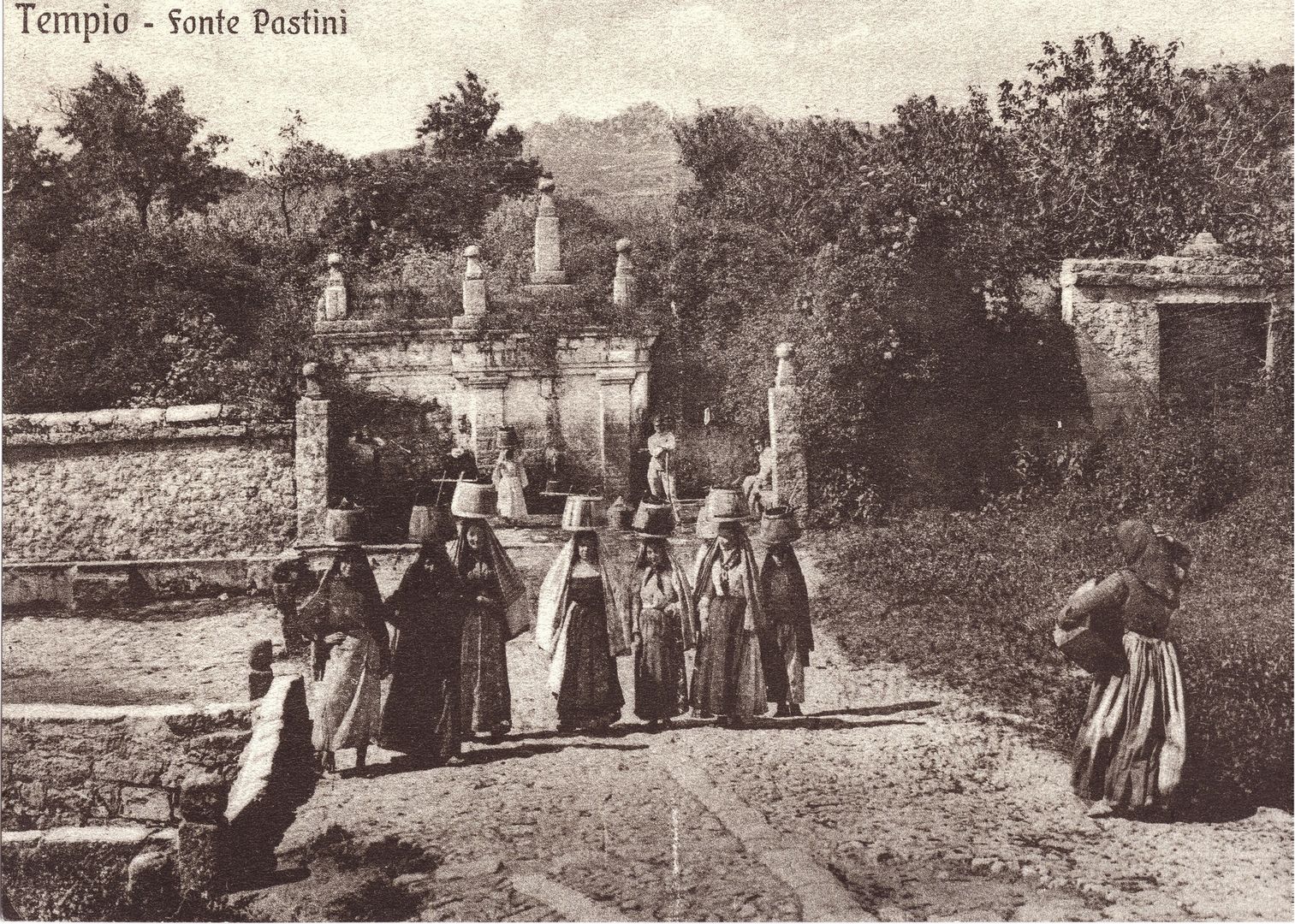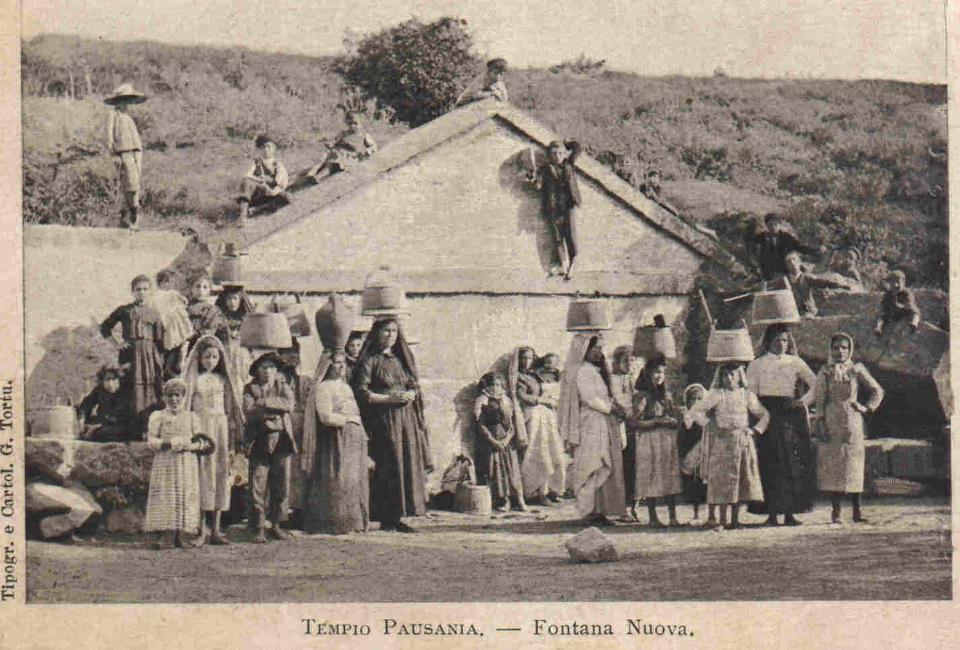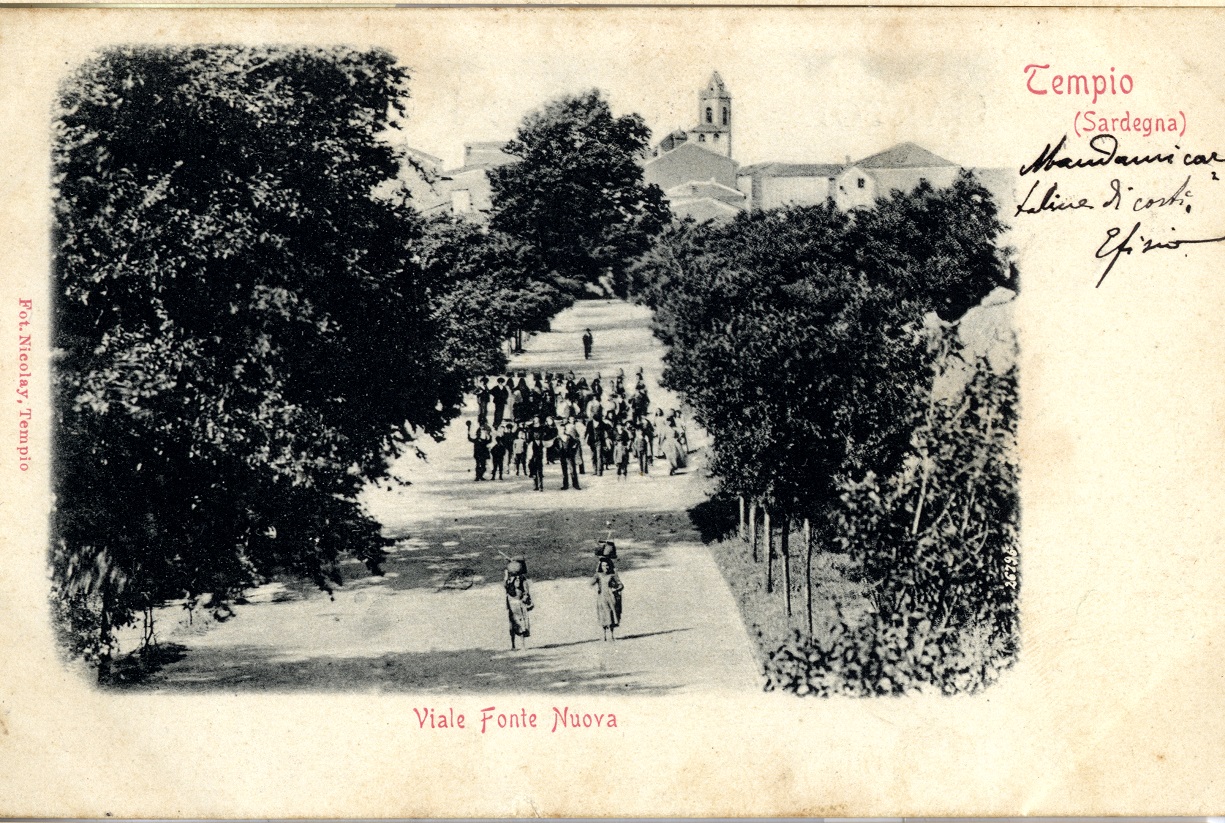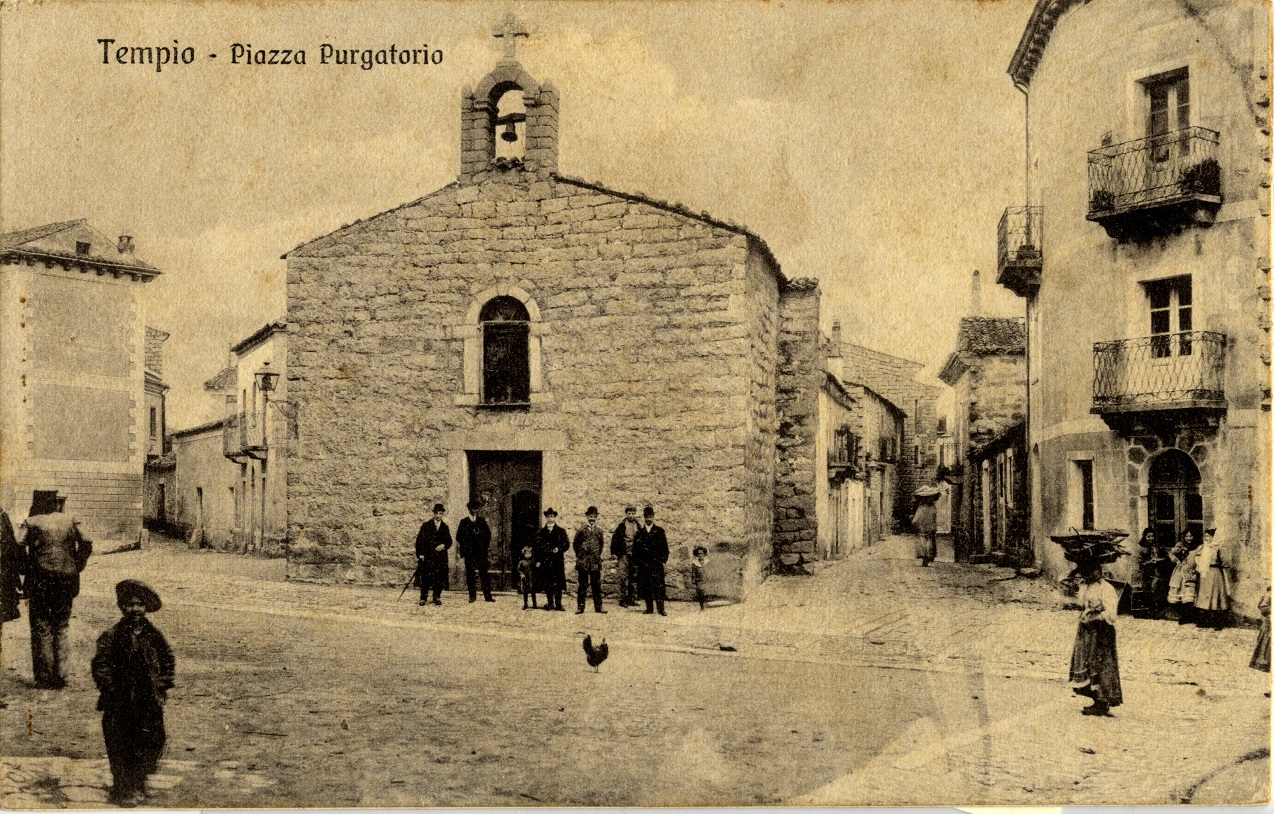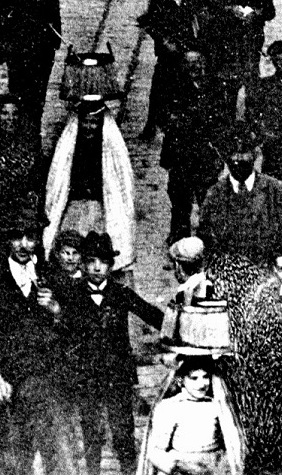TEMPIO
by Mary Davey
Icnusa, or Pleasant Reminiscences of a Two Years’ Residence in the Island of Sardinia
Bath, London – Binns and Goodwin; E. Marlborough
1860
translation of Gallura Tour
The situation of the little city of Tempio, amid the heights of the Limbara mountains, in the very heart of the bandit country, is highly interesting and picturesque. It is the chief place in that portion of the “capo di sopra” known as the “Gallura”, and contains 6000 souls.
There is a locanda, a sort of caravansary, and thither are our party collected. It is a primitive kind of place altogether, and not exactly adapted to the over – fastidious traveller. But, if our friends ever were afflicted with over – sensitive nerves and painfully delicate tastes, we believe they must have undergone a radical cure long before now; and have acquired that blessed piece of wisdom, always to look on the sunny side as much as possible, and, like the bee, extract the honey wherever it can be found. This is no “terra incognita” either to Mr. C―g, Edward, or the priest-they have many acquaintances to enquire after, compliments to pay, smiles and bows to receive. The priest, too, is in the plenitude of his importance, he introduces the milordi (for Bertoldo has secretly apprised him of their greatness) to every third person he meets whereupon there is a continuous stream of bows, and buzz of compliments.
The young Piedmontese officer follows in their wake, he, possibly, would have a cooler reception if alone. Piedmontese officers being, at Tempio, like fine pictures, more admired at a distance.
Tempio is a wonderfully quaint-looking old place, with its houses of rough-hewn red granite, ponderous wooden balconies, and a barn – like old church, meant to do duty as cathedral.
And then, its inhabitants, how wild they look, with their long black beards, and guns, and poignards; and the Moorish costume of the women, too, who are, moreover, very handsome; but can anything be more strange than to see them stalking about with a bright woollen skirt turned over their heads. Besides which, it is infinitely odd to see the demoiselles of the locanda marching about with their lamps on their heads; reminding one of the human candlesticks mentioned in the beautiful “Legend of Montrose”.
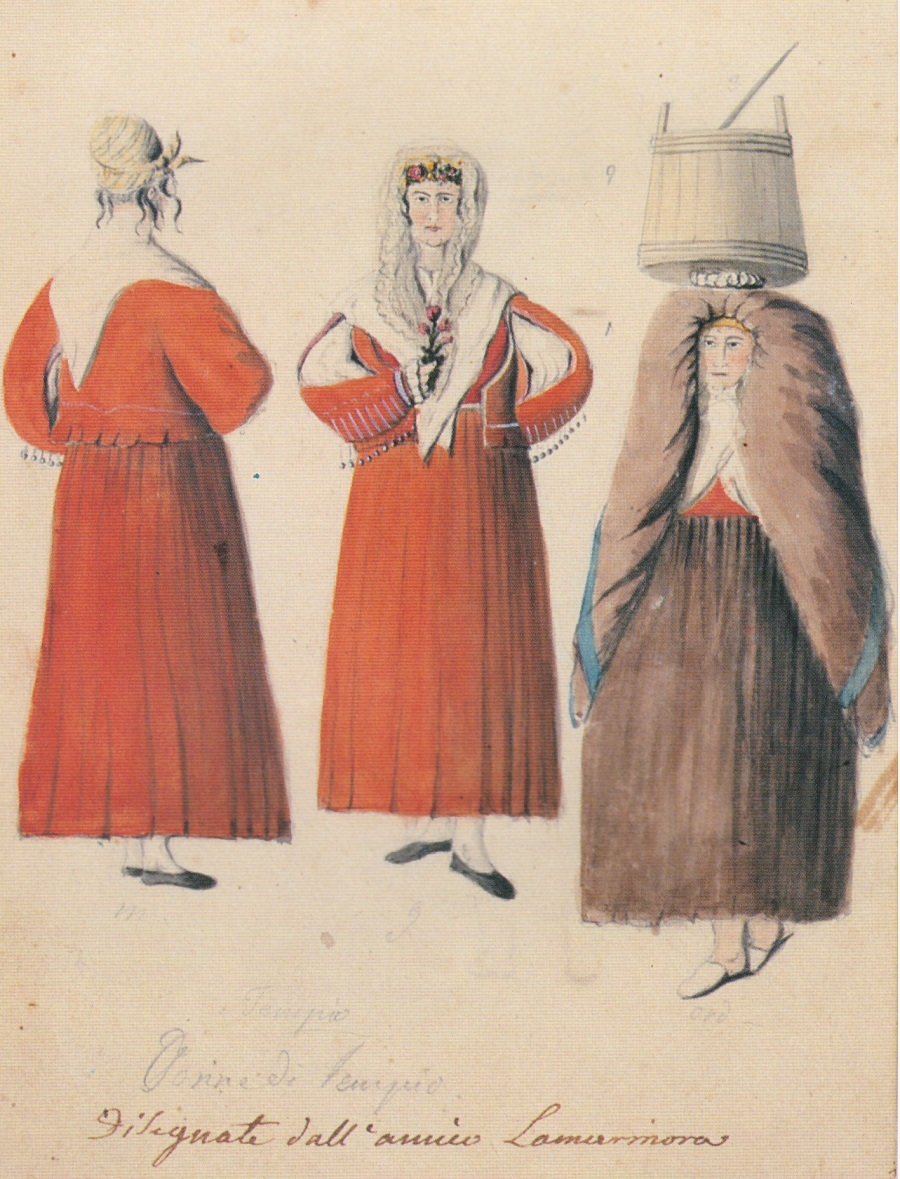
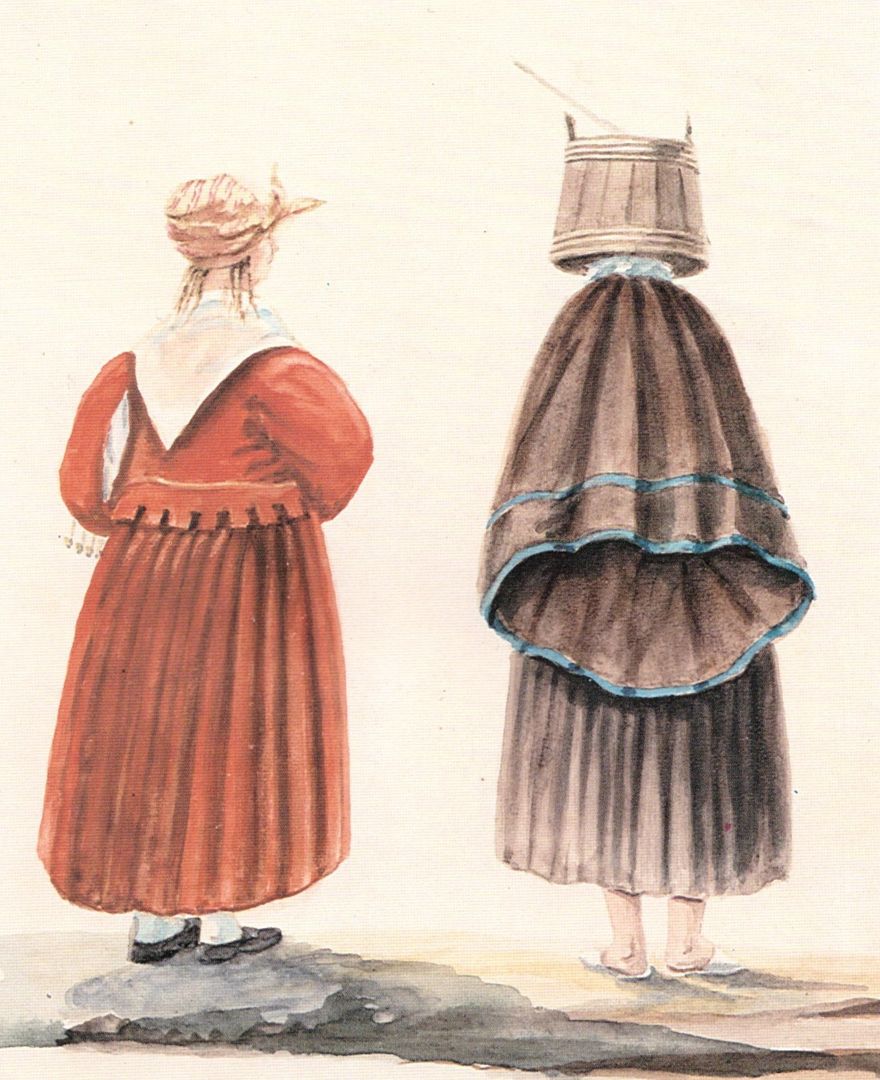
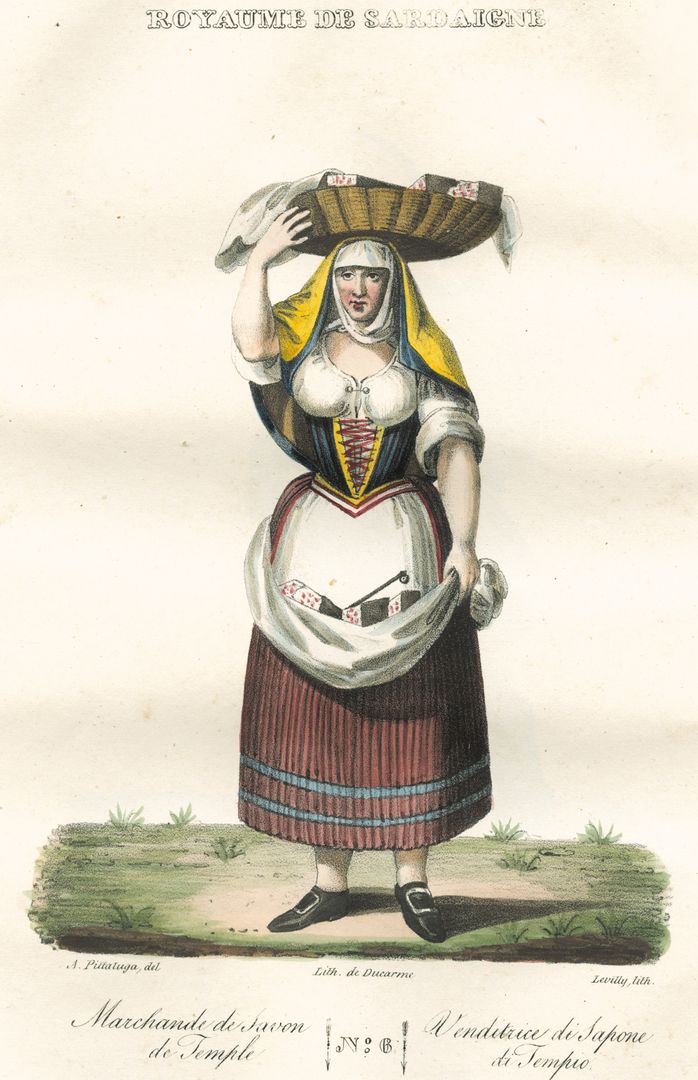
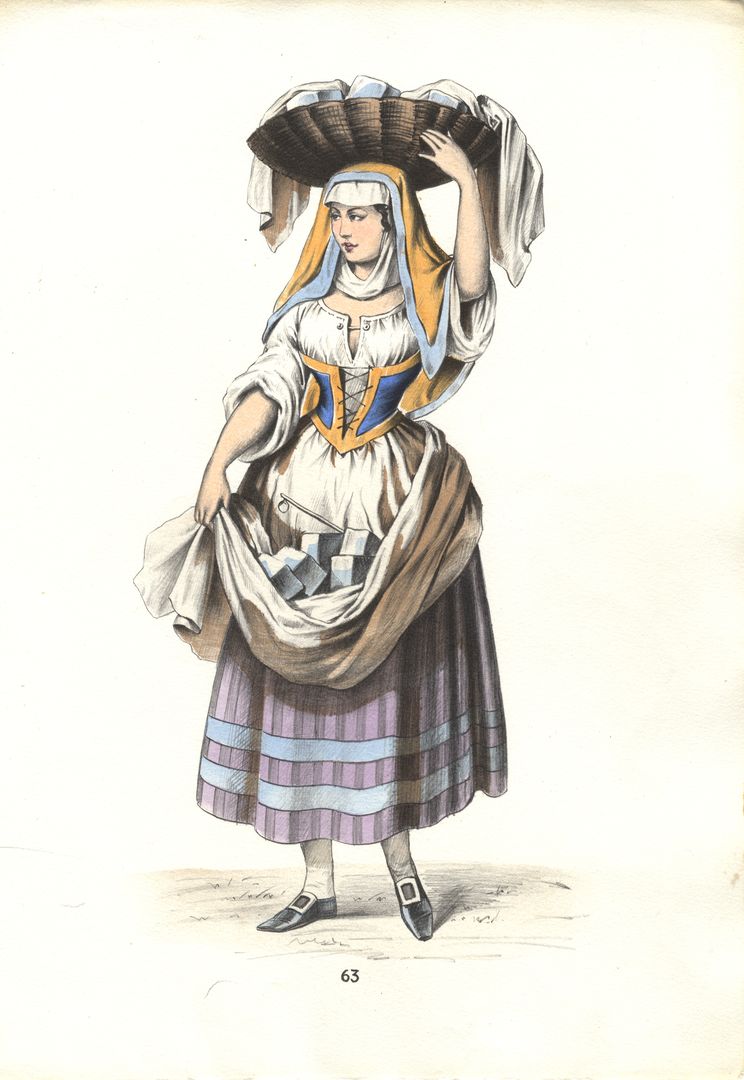

There is to be a “graminatoju”, a wool picking, on the principle of the “American bee” at a stazzu outside the town, and the old padre insists on taking the part of cicerone on the occasion, and conducting the party.
READ INSTEAD HERE ABOUT TEMPIO IN THE 1874 EDITION
SOURCES OF ILLUSTRATIONS
Drawings, paintings and lithographs from the 19th century
Cominotti-Gonin-Lallemand, Vestimenti sardi in serie – Tempio, IN Alberto Della Marmora, Voyage en Sardaigne, ou Description statistique, phisique… Atlas de la première partie, 1. ed. Paris, Delaforest 1826; 2. ed. Paris, Bertrand – Turin, Bocca,1839.
Postcards and photos from the 19th and early 20th century
Collection Erennio Pedroni, Gianfranco Serafino, Vittorio Ruggero – Tempio Pausania
© ALL RIGHTS RESERVED


